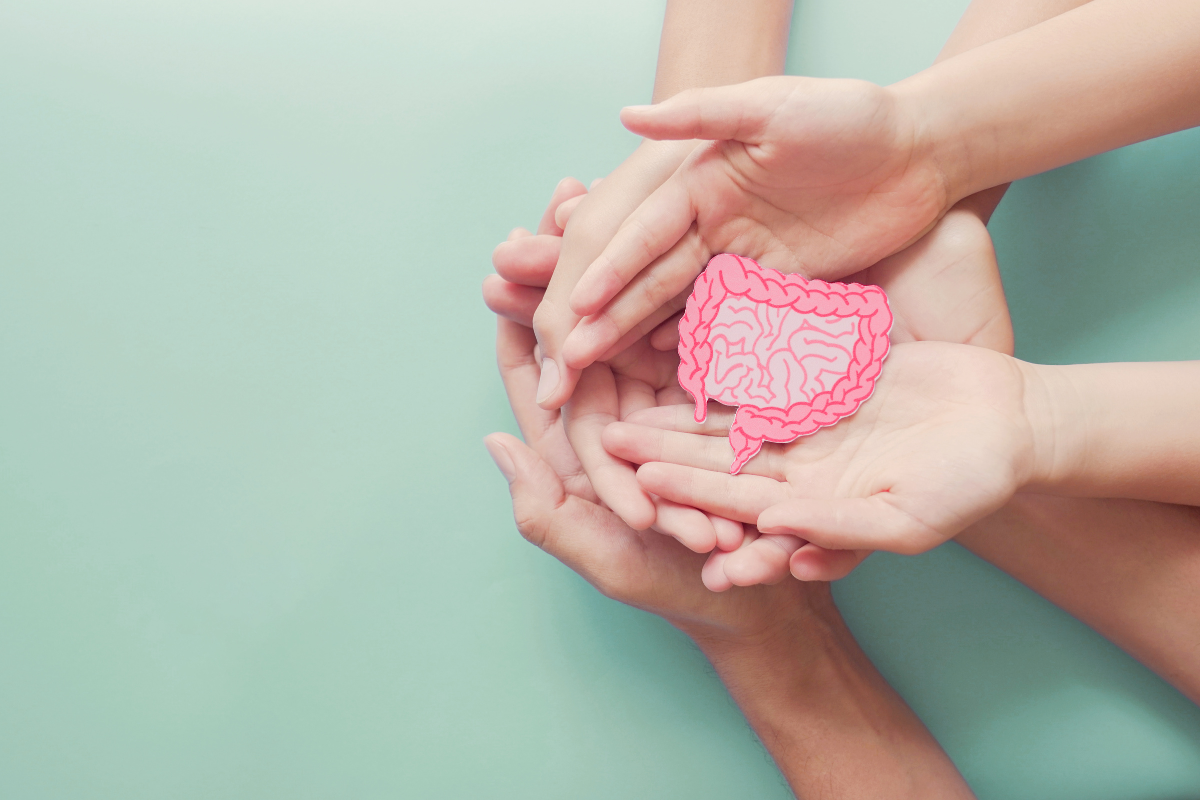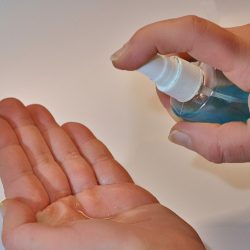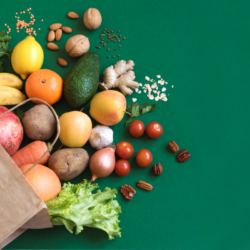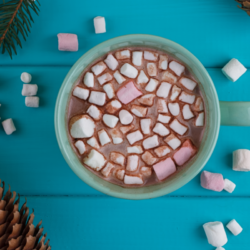Candida Albicans is a fungus that lives on the human body. It is found in the mouth, the intestines and on the skin. In fact, Candida Albicans is a yeast that can cause infections when it is out of balance with the healthy bacteria in the body. These common infections, such as thrush or vaginal fungus, are treated with antifungal medications.
What is the mycobiome?
The microbiome is the name given to the bacterial community that populates the gut, among other things. The mycobiome, on the other hand, groups together the fungal species. We are therefore made up of a balance between fungi and bacteria. This is the basis of a healthy microbiome.
Candida Albicans is an unfortunately very popular fungus. Although it is harmless in small quantities, it is the proliferation of this fungus that causes problems in the intestine. It is therefore important to maintain a balance between healthy bacteria and fungi.
Microbiome VS Mycobiome: How can I rebalance my mycobiome?
The main difference between the microbiome and the mycobiome is that the former describes bacteria, while the latter concerns fungi.
The fungal community can be changed very quickly through dietary changes, whereas bacteria need long-term dietary rebalancing.
Therefore, it is quite possible to diversify the microbiome as well as the mycobiome through diet. However, optimising the gut microbiome usually takes much longer. Be aware that you will never have an immediate result, even if you optimise your intake of probiotics, prebiotics and cruciferous vegetables.
The importance of dietary adjustment:
Initially, to optimise the mycobiome, it is important to ensure that you reduce your sugar intake. This is because Candida Albicans is very fond of sugar.
The next step is to ensure that you do not suffer from a vitamin or protein deficiency: colourful vegetables, legumes, meat and fish should be on the menu, on a regular basis. Certain foods are essential for the balance of the mycobioma, such as garlic, cabbage, cider vinegar, pistachios and legumes. Make sure you include them in your diet.
What is Candida albicans?
Candida Albicans is part of our natural flora. In fact, it is one of the micro-organisms that usually live on or inside our bodies: mouth, digestive tract and vagina.
Usually, it does not cause any problems. However, it is possible for imbalances and infections to occur.
Candida albicans is the most common cause of fungal infections in humans. Its species name, Albicans, comes from the Latin word for “white”. Indeed, yeast appears white when cultured on a plate. For example, in the case of thrush, white spots can be observed.
Under what conditions does Candida albicans become a pathogen?
Candida albicans is an opportunistic pathogen that resides as a harmless guest in the intestine, genitourinary tract and skin. Ultimately, it becomes a pathogen in a number of cases. For example, in the case of disturbances of the immune system or imbalance of the bacterial flora.
Thrush, for example, is not usually life-threatening. However, this type of infection can be a symptom of immunosuppression. However, candida infections in the bloodstream are much more serious and are associated with high mortality rates. The arsenal of antifungal drugs and the ability of drug resistance to develop through multiple mechanisms, including biofilms, contribute to the recalcitrance of candida infections.
Sources:
https://www.sciencedirect.com/topics/immunology-and-microbiology/candida-albicans
https://www.sciencedirect.com/topics/immunology-and-microbiology/mycobiome
https://www.ncbi.nlm.nih.gov/pmc/articles/PMC7223441/
https://www.ncbi.nlm.nih.gov/pmc/articles/PMC4395855/





